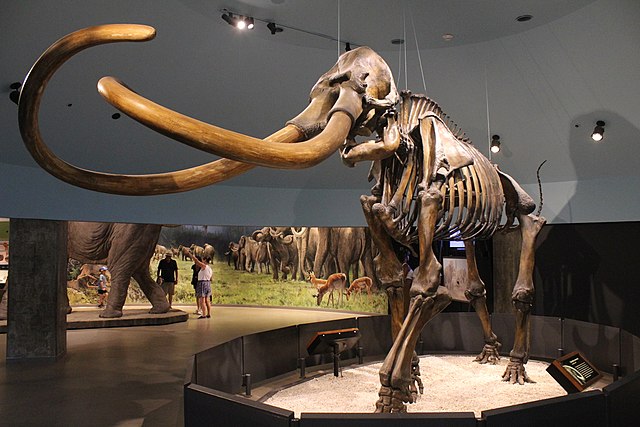Studying the Neanderthal diet provides insights into the ecology and lifestyle of our ancient relatives. While our understanding is continually evolving, researchers use a combination of archaeological evidence, isotopic analysis, and dental studies to reconstruct Neanderthal eating habits. Here are some key aspects of the Neanderthal diet:
Page Contents
ToggleCarnivores with a Varied Diet:
- Neanderthals were traditionally thought of as strict carnivores, primarily hunting large game. However, evidence now suggests a more varied diet. Isotopic studies of Neanderthal bones indicate that they consumed not only large herbivores like mammoths but also smaller game and plant resources.
Hunting Strategies:
- Neanderthals were skilled hunters, using tools such as spears and possibly working together in groups for efficient hunting. Large game like mammoths and bison were part of their diet, as evidenced by the presence of butchered animal bones at archaeological sites.

- Neanderthals were skilled hunters, using tools such as spears and possibly working together in groups for efficient hunting. Large game like mammoths and bison were part of their diet, as evidenced by the presence of butchered animal bones at archaeological sites.
Plant Consumption:
- Contrary to the traditional view of Neanderthals as exclusively meat-eaters, recent evidence suggests they incorporated plant foods into their diet. Dental calculus analysis has revealed traces of plant material, indicating that Neanderthals consumed a variety of plants, seeds, and possibly even fungi.
Cooking and Processing:
- Neanderthals are believed to have used fire not only for warmth but also for cooking. Cooking would have made certain foods more digestible and provided additional nutritional benefits. Evidence of charred plant remains and cooked animal bones supports the idea that Neanderthals were proficient fire users.
Seasonal Variability:
- The Neanderthal diet likely exhibited seasonal variations based on the availability of different foods. In colder periods, when large game was more abundant, they might have relied more on meat. During warmer seasons, a broader range of plant foods and smaller game could have been part of their diet.
Adaptation to Local Environments:
- Neanderthals lived in a variety of environments, from the cold climates of Ice Age Europe to the milder conditions in the Middle East. Their diet would have been influenced by the local flora and fauna, showcasing their ability to adapt to different ecosystems.
Use of Seafood:
- Some Neanderthal sites, particularly those along coastlines, show evidence of the consumption of marine resources. This includes the remains of fish and shellfish, suggesting that Neanderthals exploited coastal environments for additional food sources.
Dietary Variability Among Groups:
- It’s important to note that the Neanderthal diet likely varied among different groups and regions. Local environmental conditions and available resources would have shaped the specific dietary practices of each population.
Dental Health and Wear Patterns:
- Dental studies have provided insights into Neanderthal diet through the examination of dental wear patterns and the analysis of dental calculus. These studies help researchers understand the types of foods Neanderthals were consuming and how they processed them.
Studying the Neanderthal diet not only sheds light on their subsistence strategies but also emphasizes the adaptability and resourcefulness of these ancient human relatives in diverse environments. Ongoing research continues to refine our understanding of Neanderthal dietary habits.











